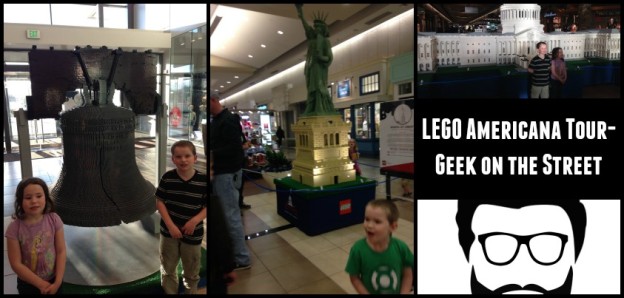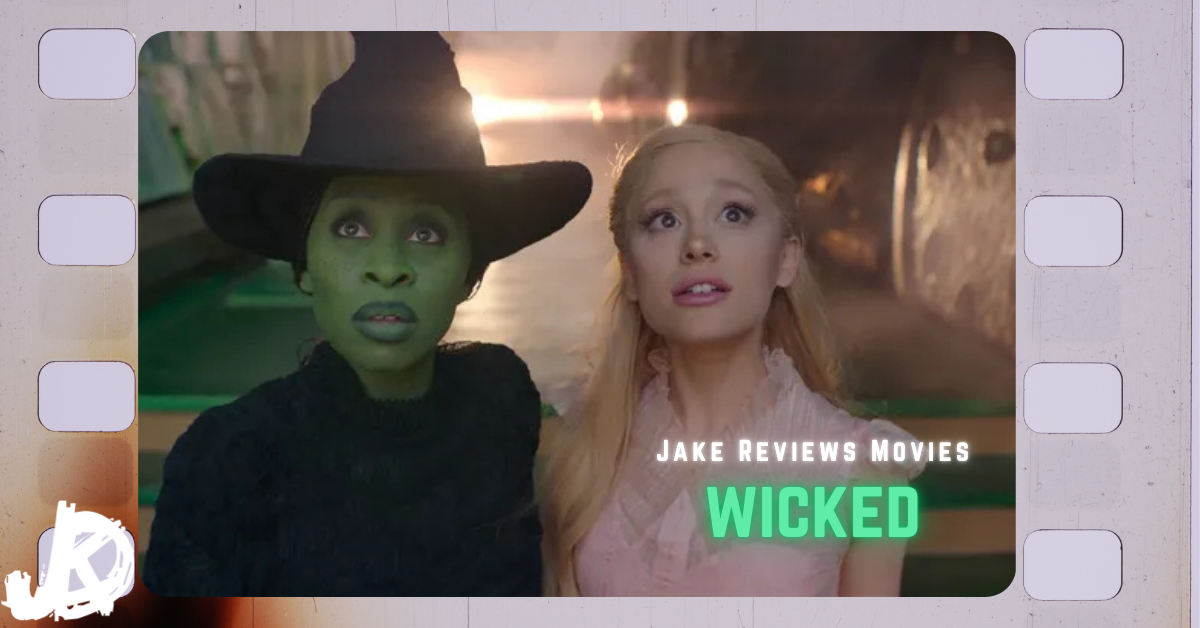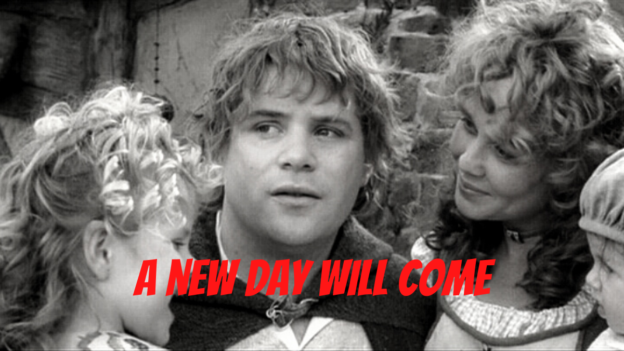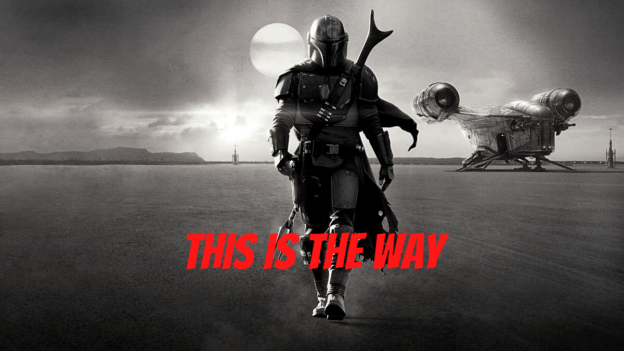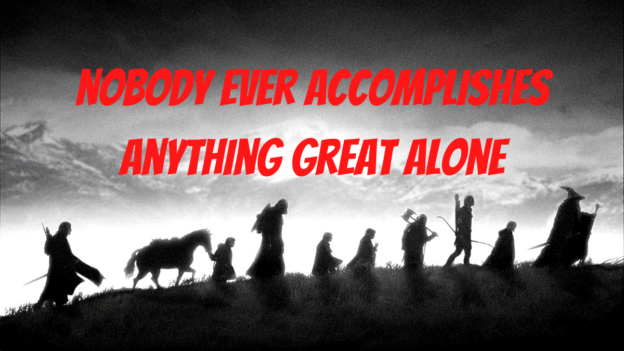This is the US Capitol Building. Not the real one, obviously, but a replica built to scale, entirely out of LEGOs. Which is just incredible. This is part of a tour currently going on of famous American structures built entirely out of LEGOs. It’s the LEGO Americana Tour, and for a good portion of March (7-22) it is here in Salt Lake City, at Fashion Place Mall. Well, when someone says historical buildings made out of LEGOs, well, I come running. I love history, and I love LEGOs, so something like this is just awesome. Plus, it was a great free activity to take the kids to, which is always a bonus.
There were 10 structures in all made entirely of LEGOs. They had the Liberty Bell, The Capitol Building, The Washington Memorial, The Old North Church, Independence Hall, The Statue of Liberty, The Jefferson Memorial, The White House, The Supreme Court, and The Lincoln Memorial. Each structure was pretty amazing, and a reminder that with enough LEGOs, one really can build anything. I didn’t get pictures of each one, partially because I am lazy, and partially because any time we take all 5 kids out, at some point it becomes this weird sport that is a perfect mix of wrestling and a foot race. In any case, we did get some highlights, and those are going to be the bulk of this post, plus at the end, I present a mystery about one of the structures.
The first structure we really noticed when we walked into the Mall was the US Capitol Building. It was massive. The first one we actually passed was the Washington Memorial, which somehow kind of just blended in like it was a column or something, but once we noticed what it was, it was pretty cool too. The Capitol, though was just really large, and the attention to detail was pretty cool. All the columns, and each window and the mural carved into the front of the building, it was all there. In this picture you can get an idea of how large the LEGO structure was compared to two of my children. They had a drawing right next to it where you could guess how many individual LEGO pieces were used to make the structure. My son, Johnny, told me he guessed 1,000,000. He is convinced he is going to win with that guess. We’ll see.
This was Independence Hall, where the Declaration of Independence was signed back in 1776. I mean, this is a replica, obviously, and not the actual Independence Hall. This one was my wife’s favorite of all the models they had there, and I love how simple it looks compared to a lot of the structures. This was America’s humble beginnings, and I like that. My daughter is showing here how much respect she has for history as she makes a face for the camera. How sweet. We’ll have to work on that.
This is the Liberty Bell, complete with the crack in it, which was the first thing Johnny looked for when he saw it. At least he knew what it was and why it was significant. All the models at the show were scale models. The scale for this one, however, was 1:1. That’s right, this particular structure is the same size as the actual Liberty Bell. That’s pretty cool. Now I feel like I don’t really need to go to Philadelphia and see the real one. This was pretty detailed as well. It even had the old, and now incorrect, spelling or Pennsylvania with only one “n”, Pensylvania. That was a more common spelling of the name at the time.
Jak’s favorite, as you can tell from his facial expression, was the Statue of Liberty. In fact, when he saw this one from a distance, he went ahead and ran aways from us and straight for it (this was the beginning or our wrestling/foot race sport). This was probably my least favorite because the others all looked so real, but this one didn’t, because of the face. The game was very cartoony. I understand how amazing it is to have the whole thing made out of LEGO bricks, but it was just out-of-place.
 Last up, was Johnny’s personal favorite, the Lincoln Memorial. Last month, around Presidents’ Day, Johnny was telling me that Lincoln was his favorite President, which is awesome, because i love Lincoln. I asked him what Lincoln was famous for, and his response was a little surprising. He said, “He made Gallaudet, the first deaf college.” I looked at him and said,”What else?” Then he smiled and did a face palm, and said, “He freed the slaves.” Don’t be too hard on Johnny, he is deaf, and his dream is to someday attend school at Gallaudet University, so remembering that Lincoln had that tie first, for him, makes sense. Lincoln, of course, did not found the University, but he did sign their first charter back on April 8, 1864, which, coincidentally is the same day that the 13th Amendment was passed in the Senate (it would sit in the House until passed on January 31, 1865). This charter made Gallaudet the first institute of higher education for deaf individuals. It remains the only one to this day. There are plenty of schools that have great programs for the deaf and hard of hearing, but Gallaudet is the only whole college for deaf people.
Last up, was Johnny’s personal favorite, the Lincoln Memorial. Last month, around Presidents’ Day, Johnny was telling me that Lincoln was his favorite President, which is awesome, because i love Lincoln. I asked him what Lincoln was famous for, and his response was a little surprising. He said, “He made Gallaudet, the first deaf college.” I looked at him and said,”What else?” Then he smiled and did a face palm, and said, “He freed the slaves.” Don’t be too hard on Johnny, he is deaf, and his dream is to someday attend school at Gallaudet University, so remembering that Lincoln had that tie first, for him, makes sense. Lincoln, of course, did not found the University, but he did sign their first charter back on April 8, 1864, which, coincidentally is the same day that the 13th Amendment was passed in the Senate (it would sit in the House until passed on January 31, 1865). This charter made Gallaudet the first institute of higher education for deaf individuals. It remains the only one to this day. There are plenty of schools that have great programs for the deaf and hard of hearing, but Gallaudet is the only whole college for deaf people.
This brings me to my little mystery, or conspiracy theory. If you take a close look at President Lincoln’s hands at the Lincoln Memorial, you’ll notice that one hand is clenched in a fist, while the other hand is more relaxed and open. According to the National Park Service website, the clenched hand represents Lincoln’s strength and determination to see the war through to the end, while the relaxed hand is more open representing his compassionate, warm nature. Many members of the Deaf Community have a different theory. They say the clenched hand is in the shape of the letter “A” in the manual alphabet, while the open hand is in the shape of the letter “L.” The NPS website dismiss this theory as false, and claim the meaning of his hands is only the meaning they provide. However, Daniel Chester French, the sculptor of the Abraham Lincoln statue, has another famous work in Washington, DC. On the campus of Gallaudet University is the statue of Thomas Hopkins Gallaudet, the first teacher of the deaf in the United States, and his first student, Alice. This Gallaudet is the namesake for the University. This statue was also sculpted by Daniel Chester French. It is possible that he was exposed to a little ASL as he sculpted this for the school, and that he was exposed to the fact that Abraham Lincoln was the president who signed their charter, allowing them to bestow degrees upon their students. It seems like a solid enough connection to make this theory at least plausible.
In any case, the LEGO Americana tour is here until March 22, and is well worth your time if you are into LEGOs or into history or into both. If you’ve gone already, what was your favorite LEGO structure there? Let us know in the comments.

